Pilot sites
Different pilot sites in 5 regions all over the world:
Spain (South Europe)
Location
TARRAGONA,
CATALONIA
Photo credit: LITOCLEAN, EXOLUM.
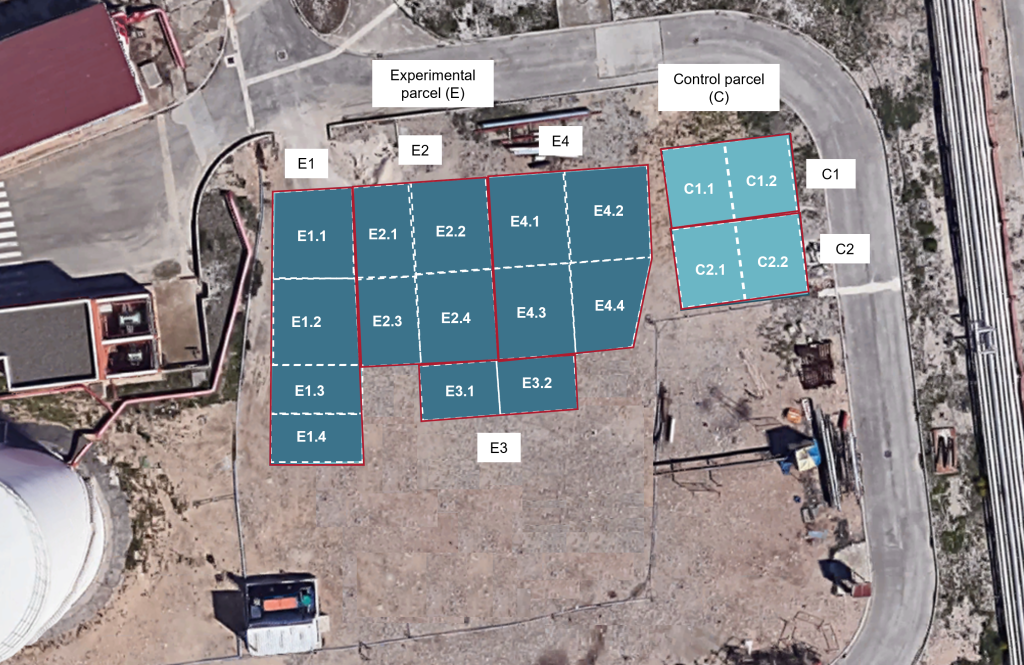
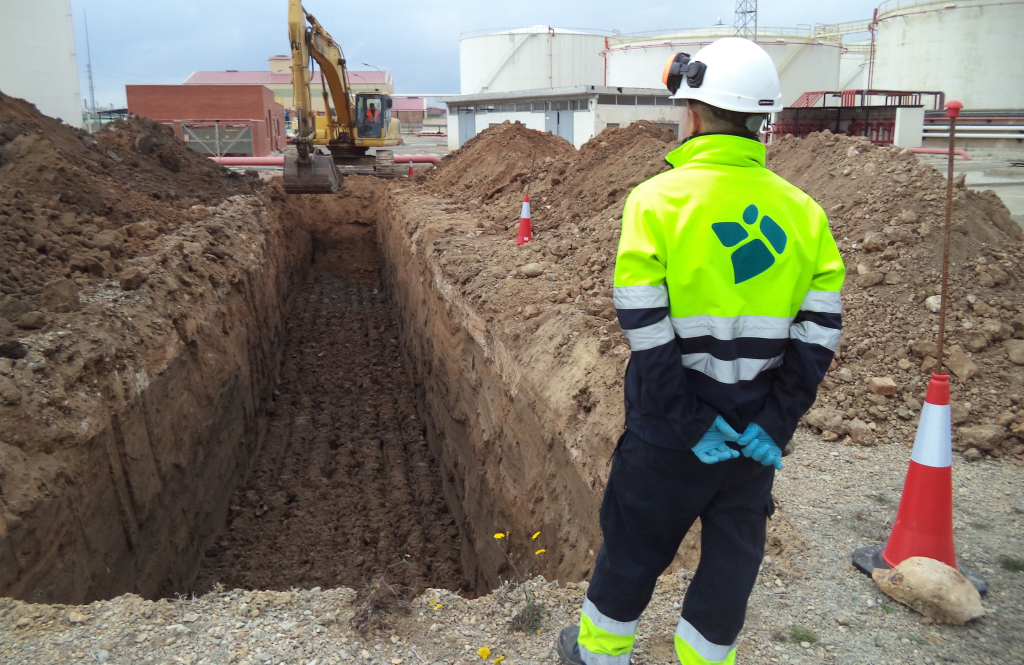
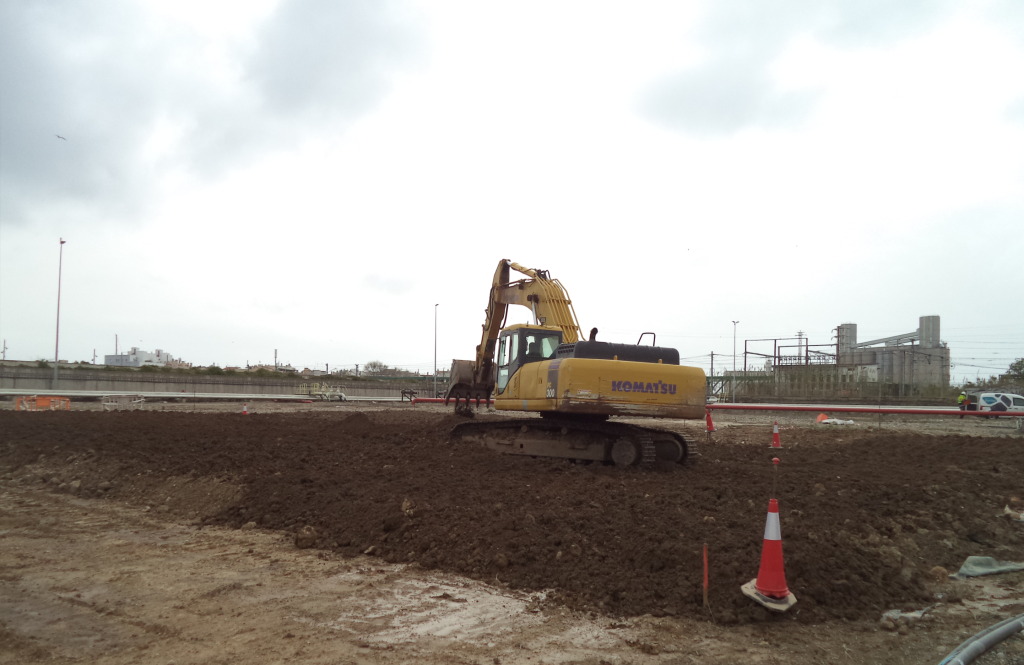
b) An excavation vessel of 600 m2 and 3-4 m deep has been carried out in the experimental parcel to relocate TPH contamination to the upper layers of the soil, given that the soil contamination is mainly found at a depth of 2 – 4 m. This operation is expecting to increase pollution bioavailability for the plant species and consequently phytoremediation effectiveness. The picture shows the progress of the excavation works.
c) The refill of the excavation hole has been performed, firstly, with the non-polluted soil, and secondly, with the polluted layers.
Serbia (Balkan region)
Location
NOVI SAD,
BEGEJ CANAL
Photo credit: IFVCNS
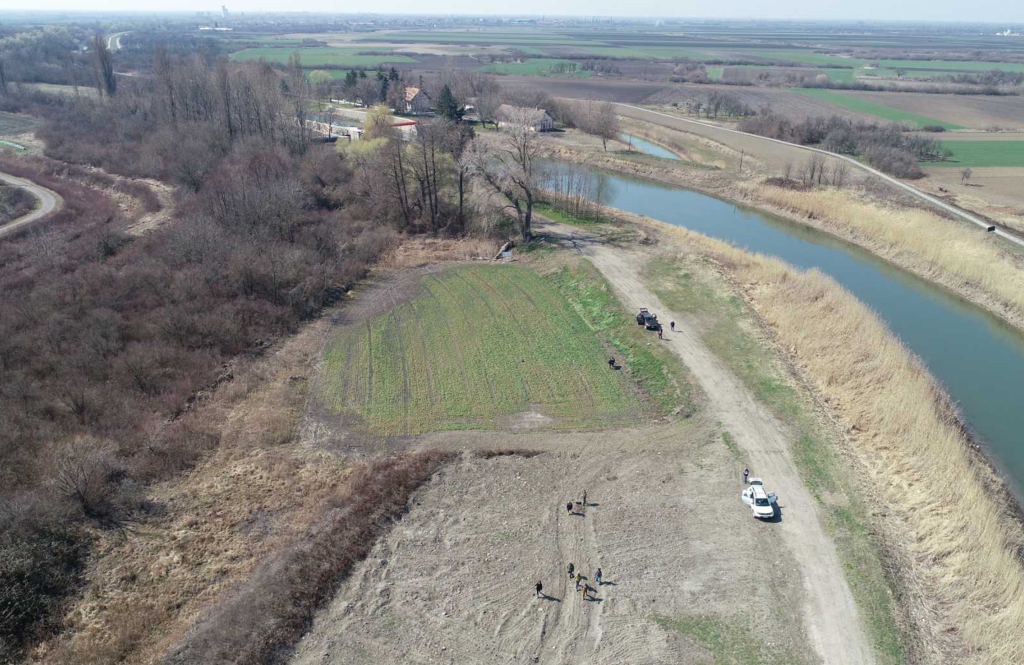
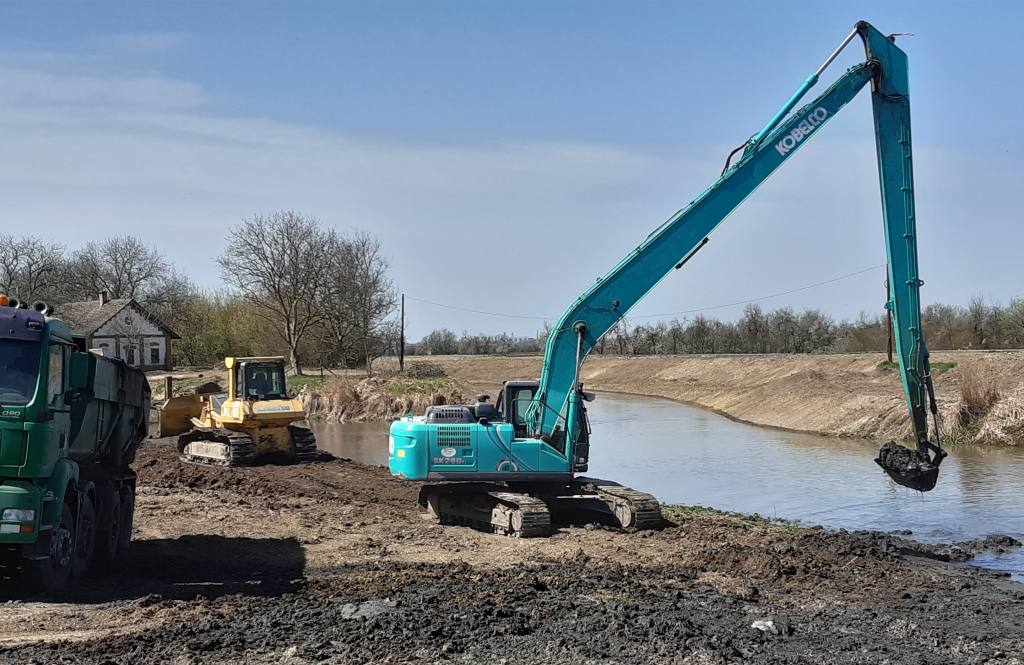
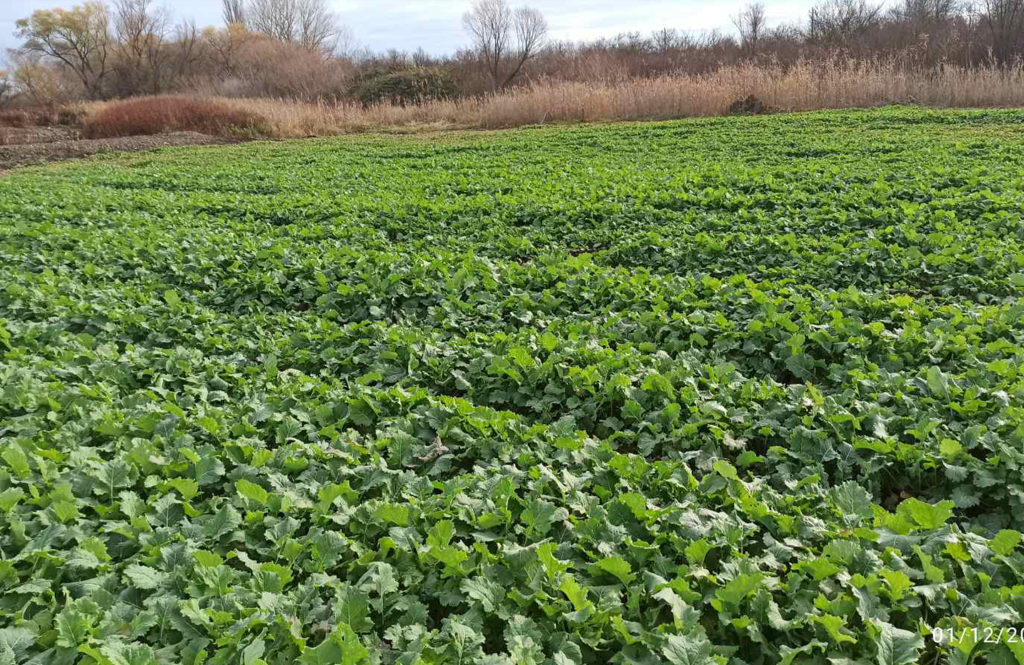
b) Canal sediments have been dredged and deposited at Landfill 2 (while dredging and deposition of sediments at Landfill 1 was performed during 2017).
c) Phytoremediation using a winter variety of rapeseed (Zlatna) has started in September 2021.
Lithuania (Baltic region)
Location
ŠIAULIAI CITY
Photo credit: BIOVALA
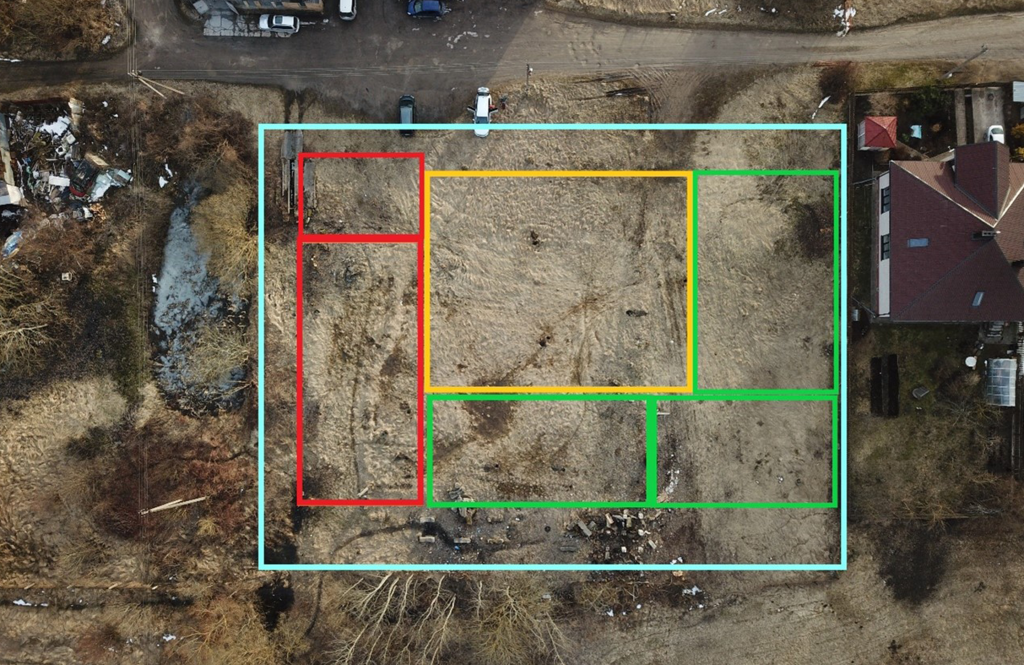
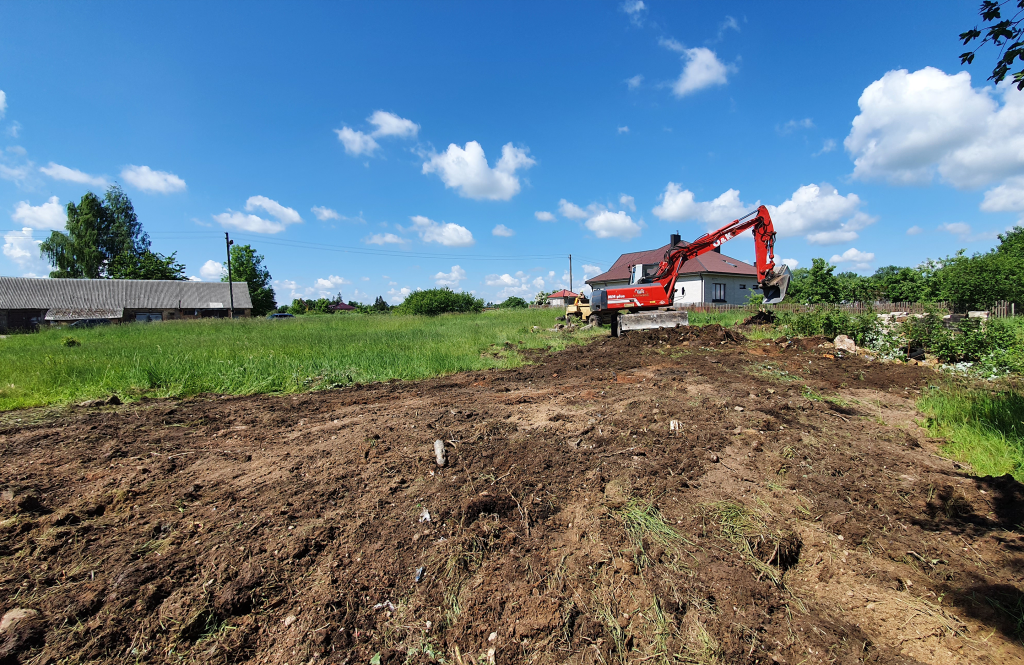
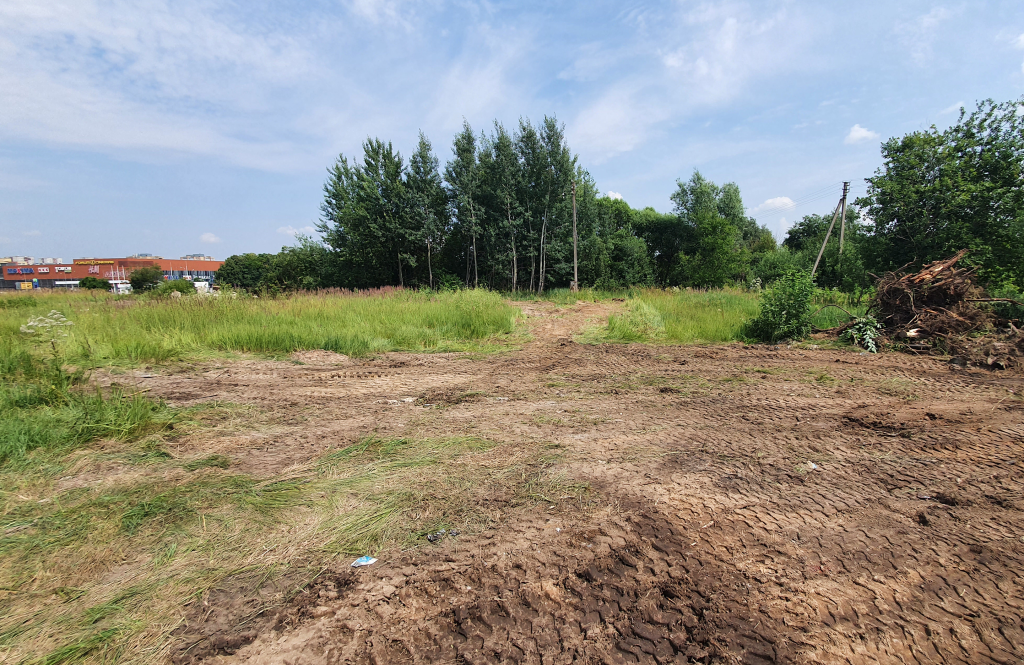
b) The site was cleared from trees and bushes and also stumps. Demolution waste and other debris were removed in June 2021.
c) Landscape levelling was also carried out in July 2021.
Argentina (South America)
Location
LA PLANTA, SAN JUAN
Photo credit: INTA
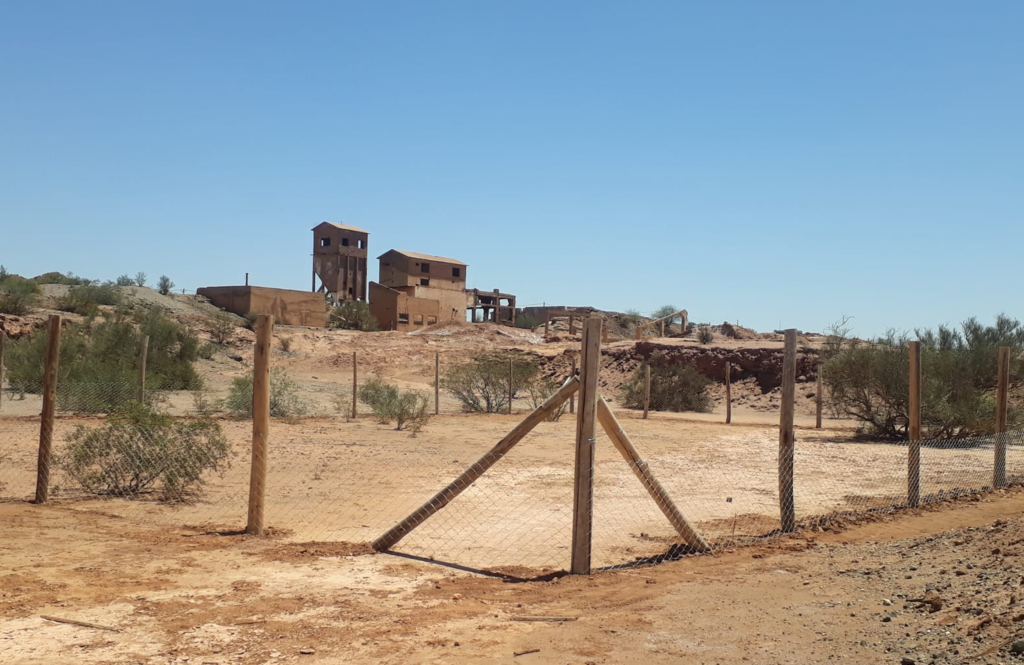
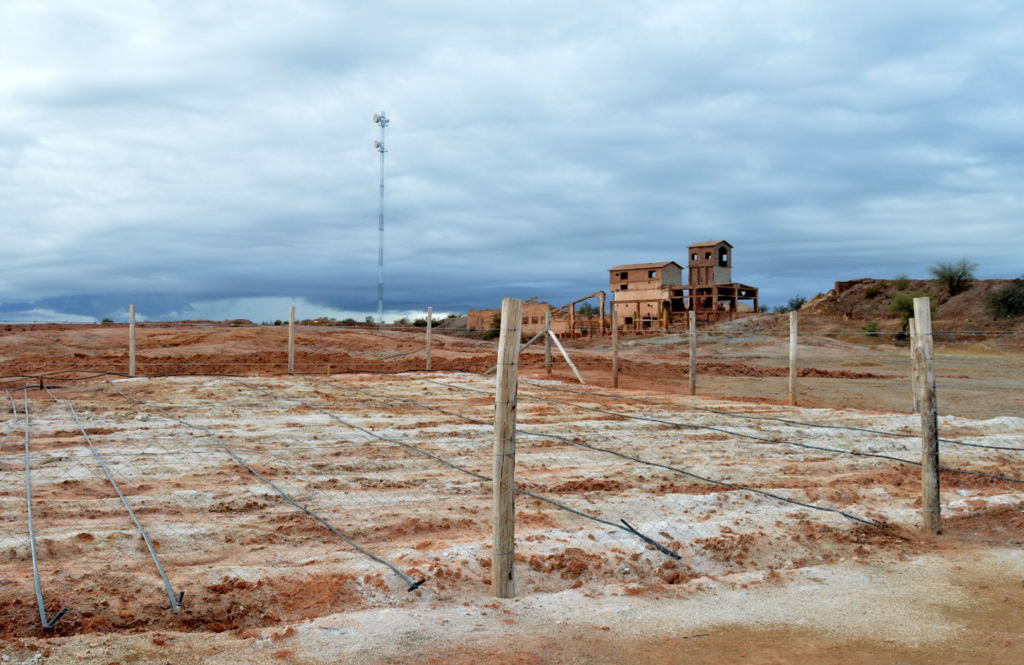
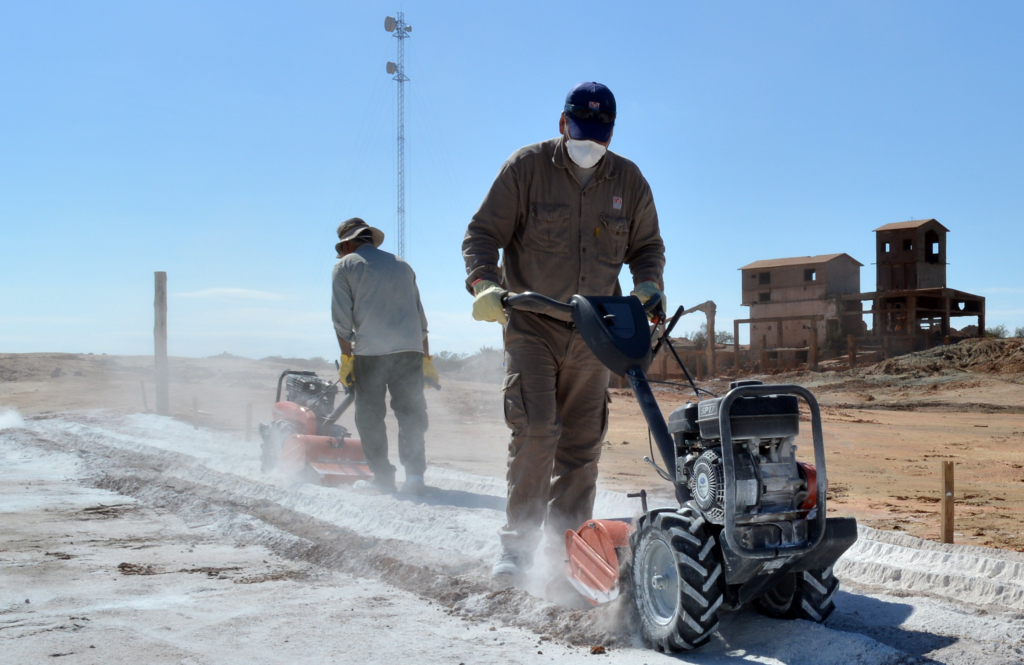
c) Soil ploughing was performed and amendments were incorporated in the first 50 cm of soil using horizontal and vertical tillage with agricultural machinery (tractor, motocultivator) and implements (chisel, disc harrow).

